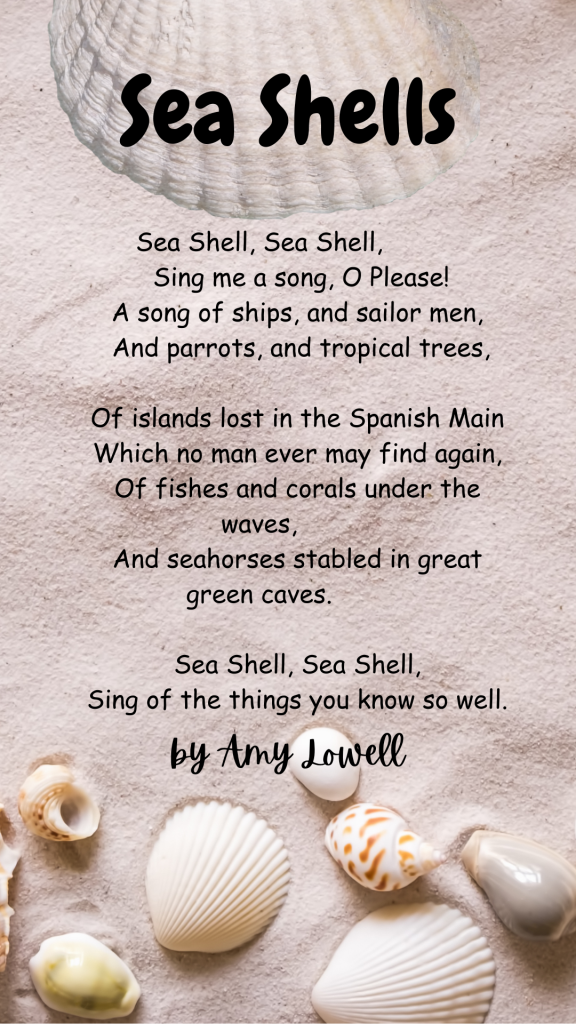Did you know sea shells have fascinated people for centuries? An ancient shell collection was found in the rubble at Pompeii. One of the first currencies was a white shell known as the Money Cowrie. The small shells from the reef-dwelling algae eater were harvested in the Maldives and used as money worldwide. Rembrandt etched a Marbled Cone from his exotic collection of shells. Have you heard that the Ancient Greeks crushed oyster shells to make toothpaste?
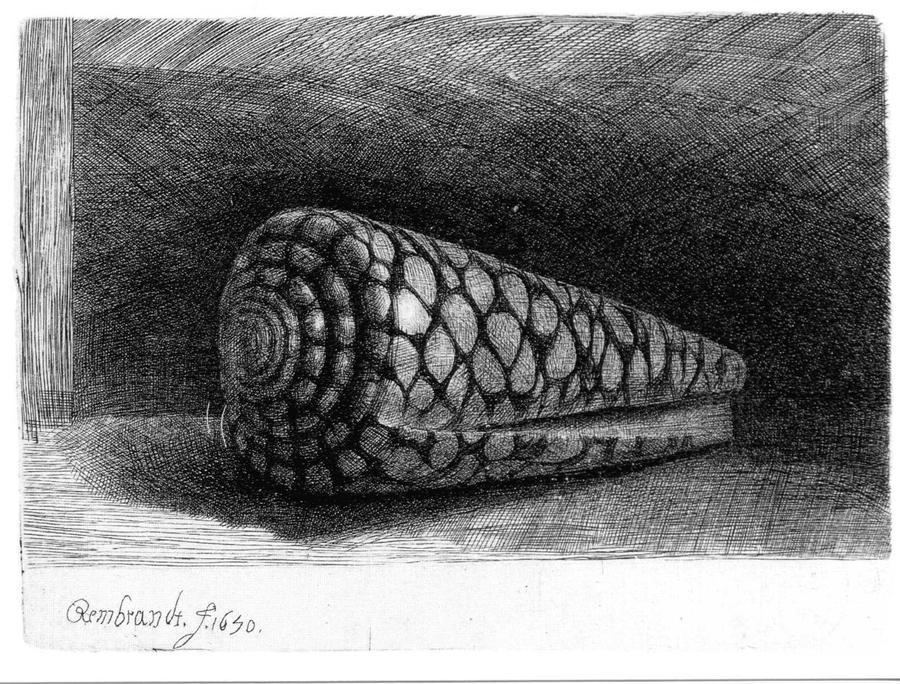
If you’ve been to the beach, I guess you combed for shells! The patterns, colours, shapes, and sizes of shells are captivating. But have you wondered where sea shells come from and how they are made?
Every empty shell was once a hidden, protective home to a mollusk. Scallops, oysters, mussels, and clams are types of mollusks. The shells are the exoskeletons belonging to these beach-dwelling animals. All mollusks are soft-bodied animals that need protection from predators, so they grow their homes around them.




A mollusk uses minerals and nutrients from the water and the things it eats to feed the shell gland, mixing the perfect formula to create a shell. All mollusk shells are made from a mineral called calcium carbonate and a protein called chitin. The mantle, which is the soft body of the mollusk, releases the substance forming a hard, crystallized shell. The colour of the shell may depend upon the mollusk’s diet.
As the mollusk grows, so does the shell. Growth occurs in seasonal spurts and it’s shown in the wrinkles and rings of a shell. Much like the growth rings of a tree indicate seasonal changes and times of wet or dry conditions.
Shells grow when the mantle adds new material around the edge of a shell. Snails grow prolifically when food is plentiful, but they hardly grow at all during winter or times of drought. The changes between the seasons cause wrinkles and rings in a shell. Next time you are beachcombing for shells, count the ridges on the shells you find.
Each type of mollusk has a uniquely designed shell for its purpose and protection. Textures and colours camouflage them from enemies, some bright patterned mollusks scare predators away. A shell that is ridged will keep a mollusk anchored to the ocean floor, while smooth shells enable the animal to burrow through the sand.
Are you aware that mollusks are born with a blueprint for the shell that they will grow? Many are born with a small colourless shell called a protoconch. The smaller rings indicate the beginning of the protoconch and are older than the larger rings or ridges.
Now that we know a little more about shells, let’s investigate!
Be a Conchologist! Start a shell collection. The best place to search for shells on the beach is along the strand line at the high tide mark, and at the bottom of rockpools on a rocky shore. Get down on your knees and search one square block. Collect one or two of each kind of shell you find. Never collect shells with creatures in them. Keep a note in your nature journal of where and when you found the specimens.
Once home, wash the shells with warm soapy water, taking care not to rub old shells too hard as they will crumble. Allow the shells to dry completely for a few days, then give them a clear varnish to bring out the colours. Sort the shells into different kinds to identify them. Make a label for each of the shells, noting its kind, and where and when it was found. Glue the shells and labels into a shadow box, on cardboard or on canvas to display.
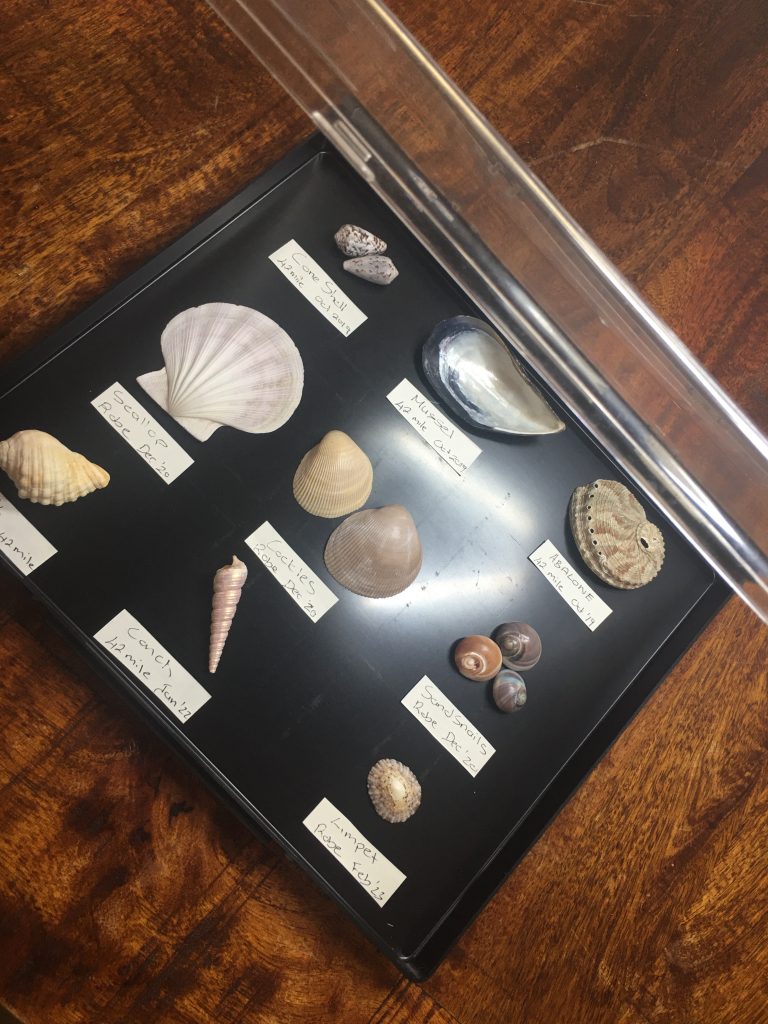
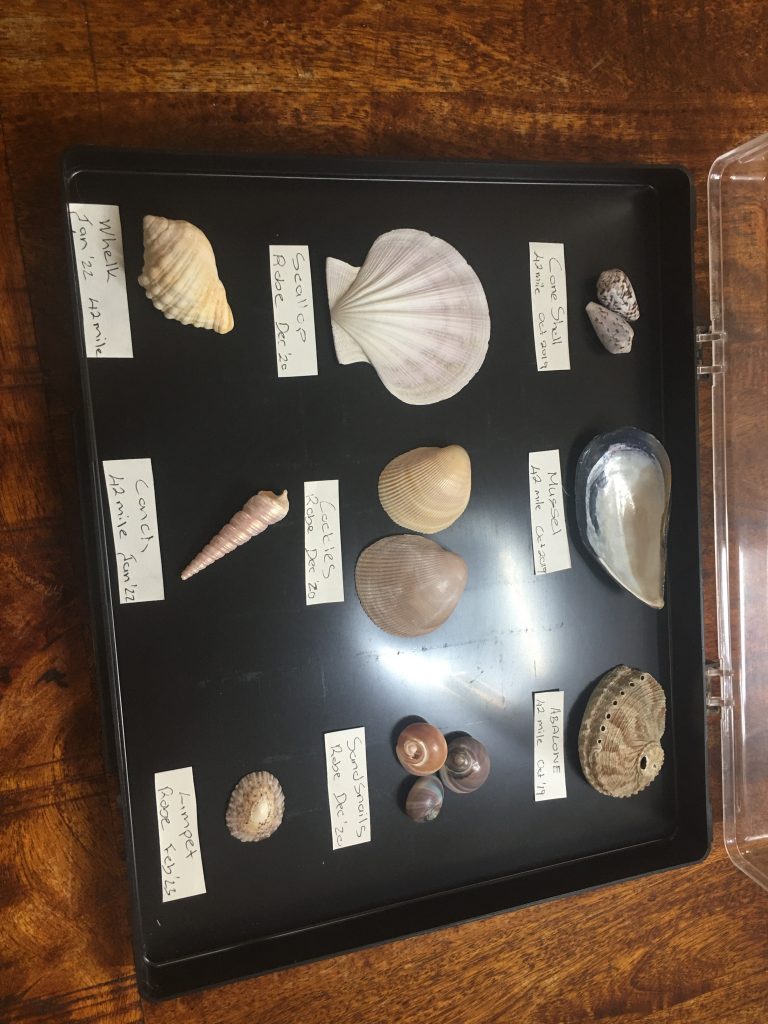
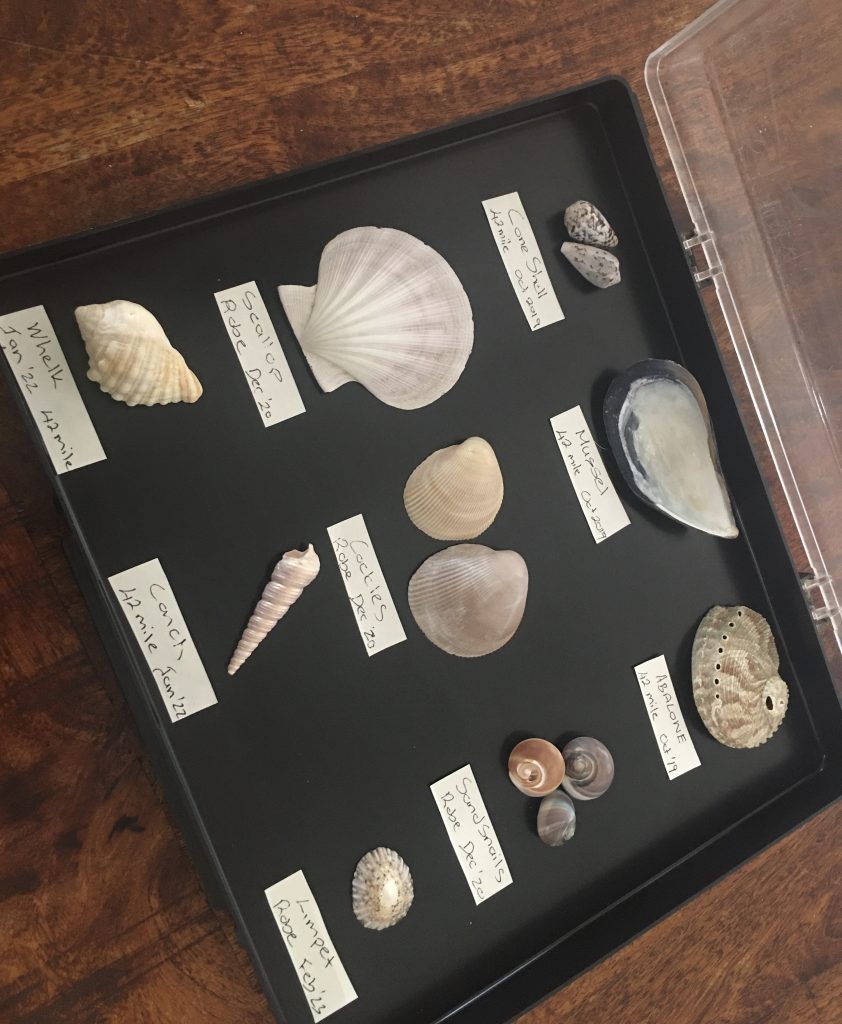
Table of Contents
Activities
Research the difference between a univalve and a bivalve shell.
Identify Shells with the Sea Shell Identification Cards.
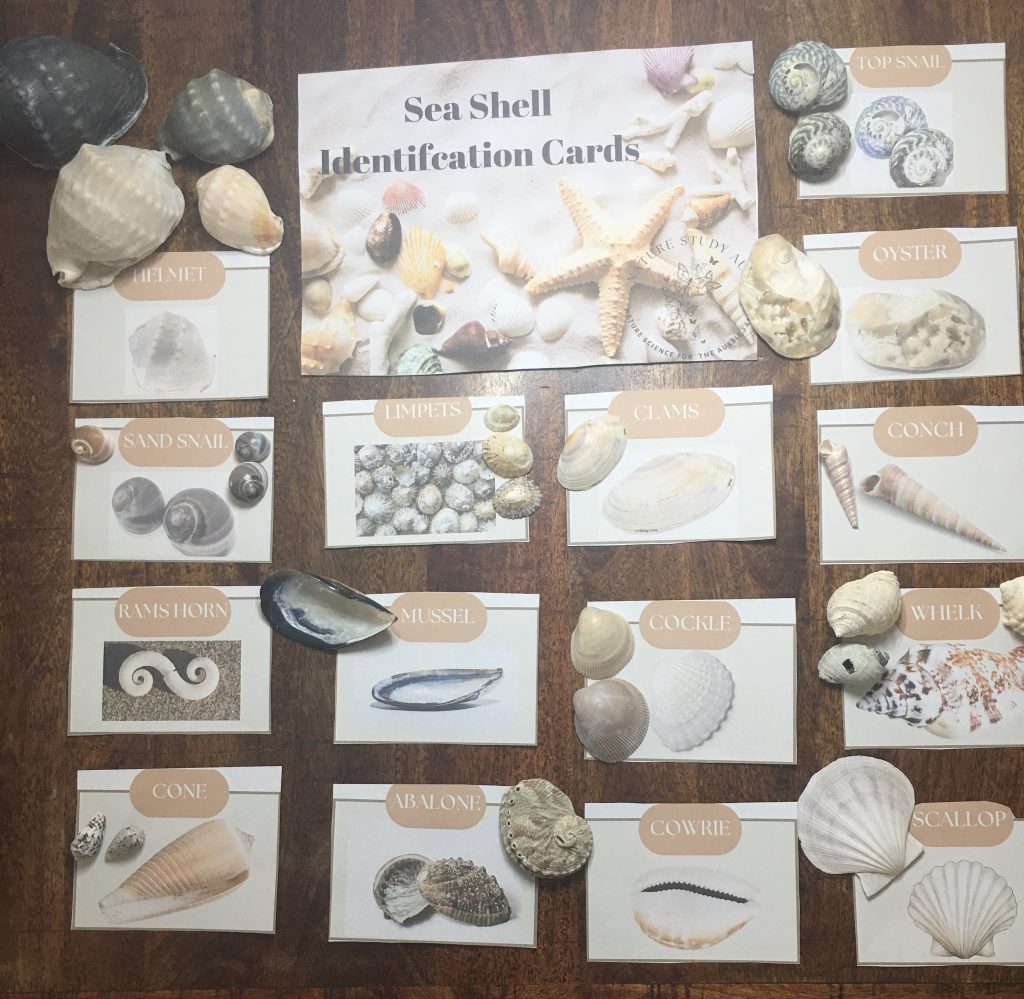

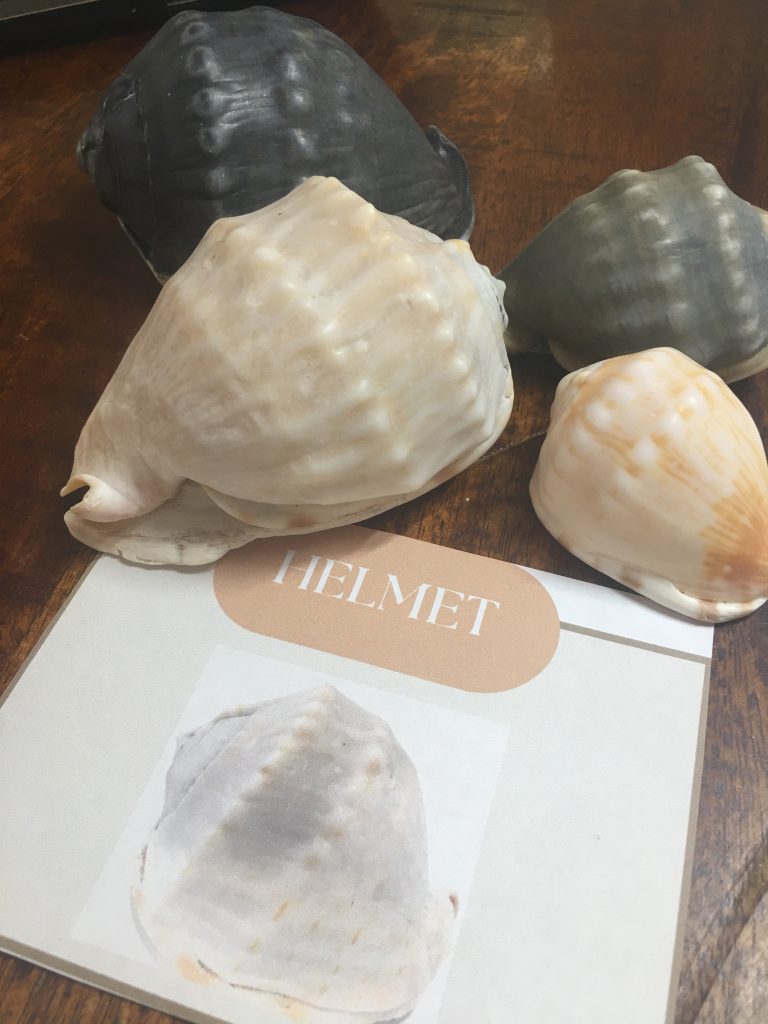
Sketch shells into your nature journal.
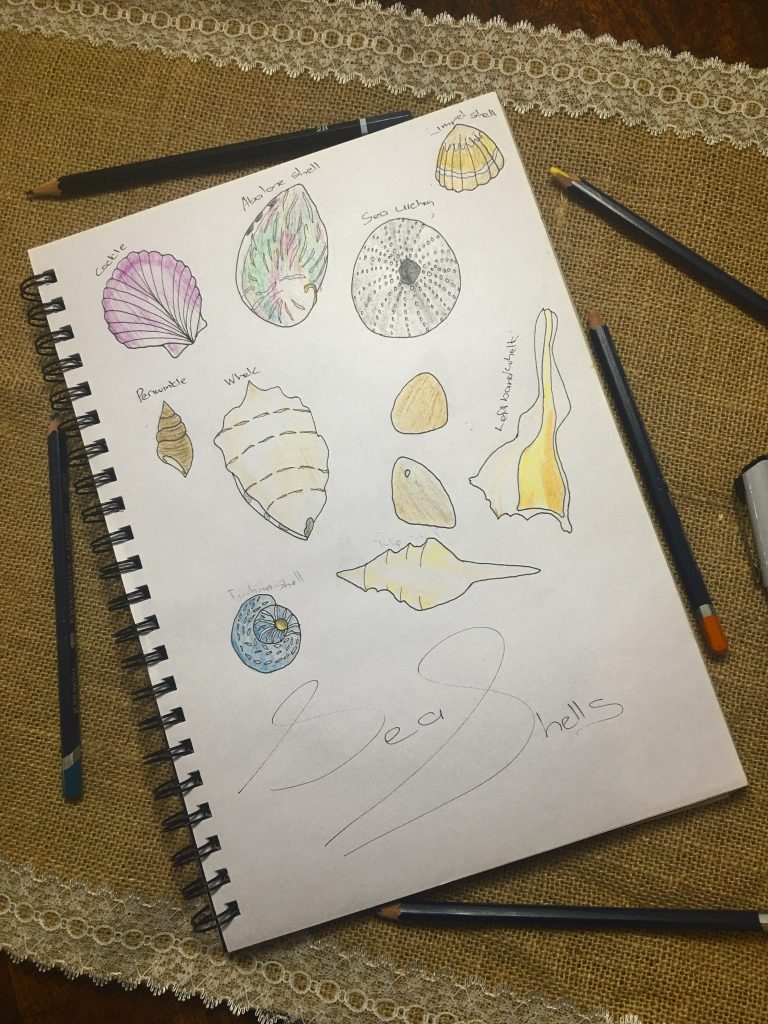
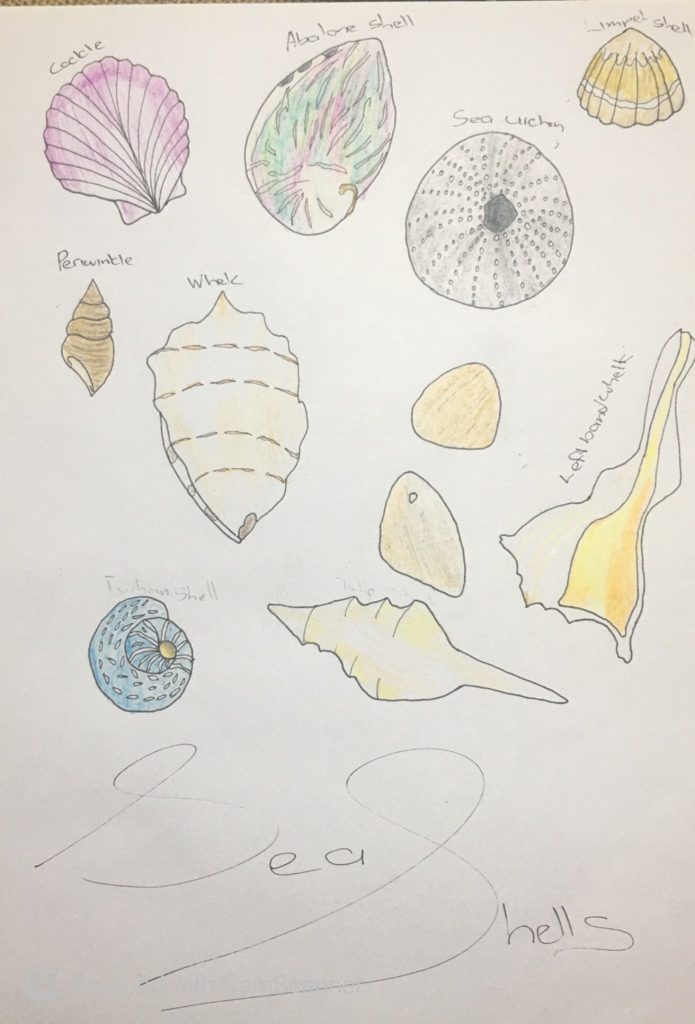
Create an Invitation to Investigate by displaying shell types with a magnifying glass.
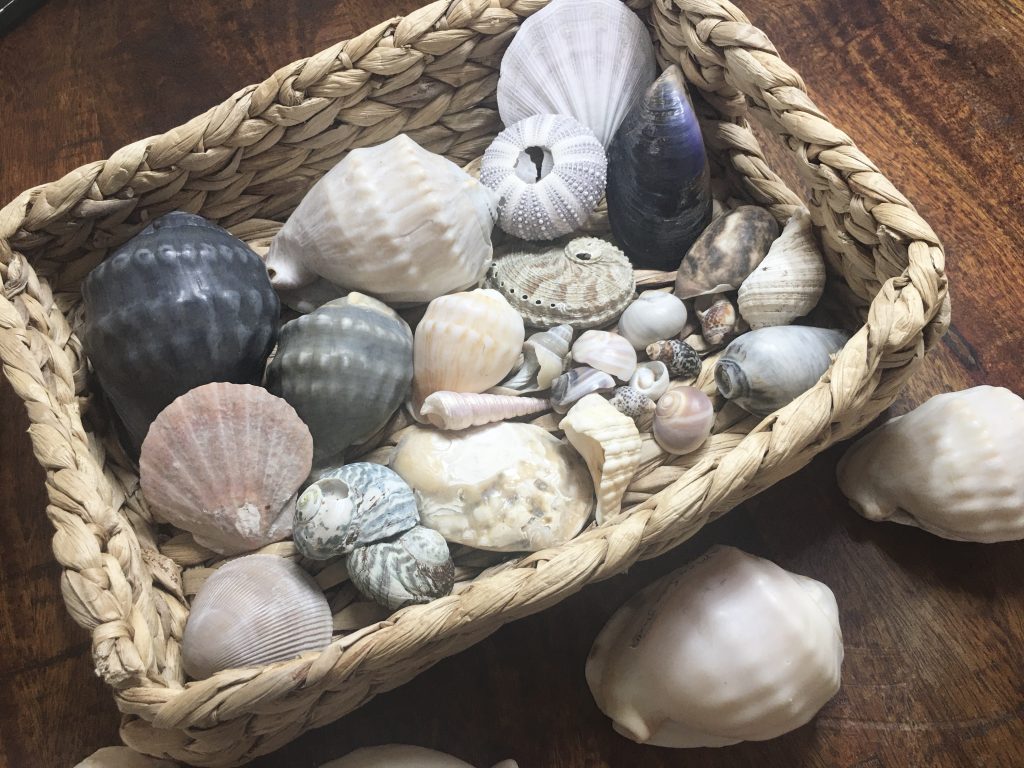
Create shell imprints in clay.



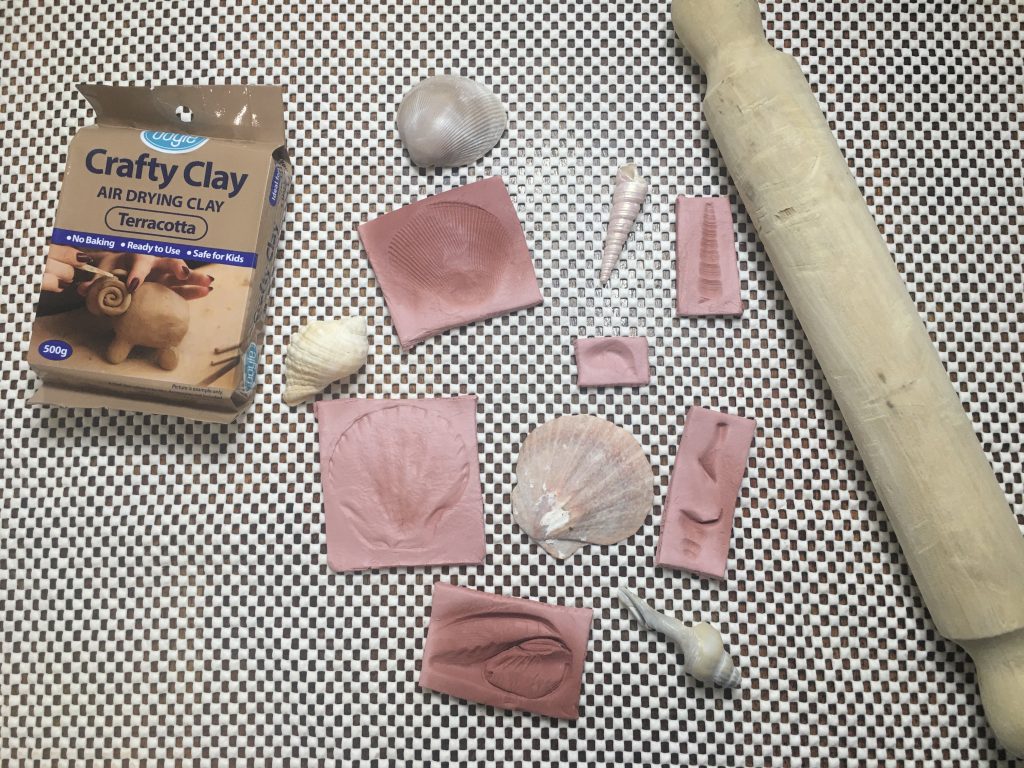

Order shells by size, sort by shape, or texture.
Hold a shell to the ear. What do you hear? Do you know?
Create a shell collage. We painted an ocean background and used shells to design a seagull.
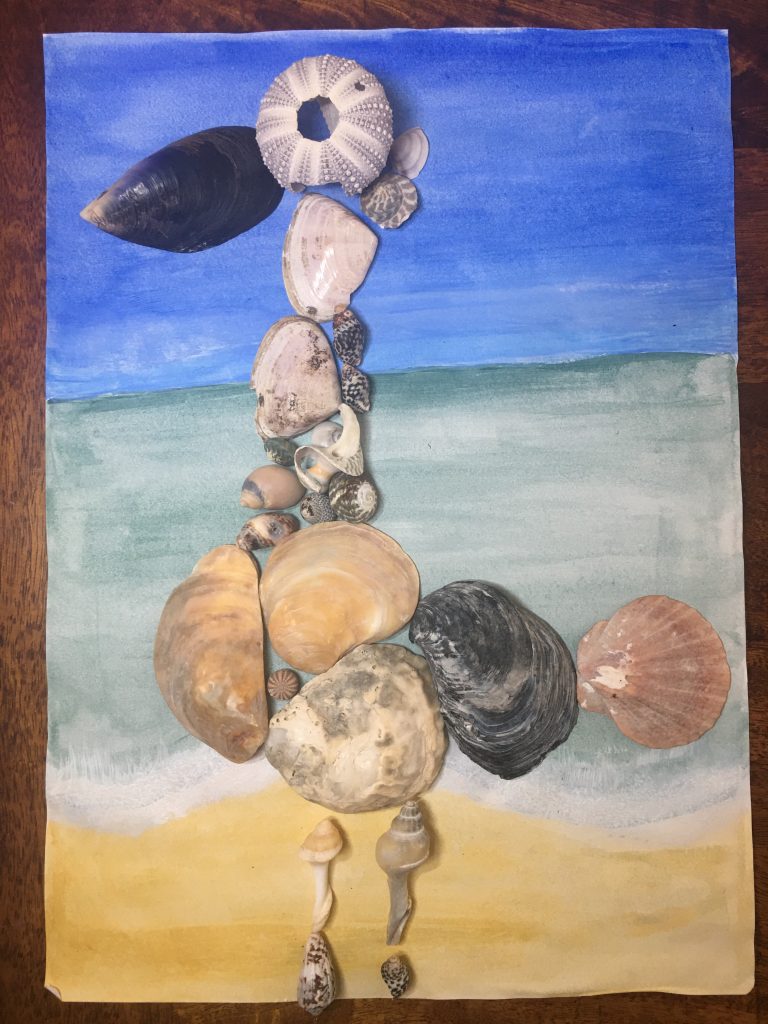
Websites to Visit
Shells by the Seashore | Answers in Genesis
Queen Conch | Answers in Genesis
Did Seashell Shapes Evolve or Were They Designed?
Videos to Watch
What Do You Hear in a Seashell? | Sci Show Kids
Books to Read or Listen to
Read Aloud (Vooks) | It’s a Seashell Day by Dianne Ochiltree
Read Aloud | What Lives in a Shell by Kathleen Weidner Zoehfeld
Seashells by the Seashore by Marianne Berkes
Tongue Twister | She Sells Seashells on the Seashore
Be Inspired to Create a Masterpiece!
My inspired daughter created a tortoise sculpture using a hot glue gun and shells! What will you design?
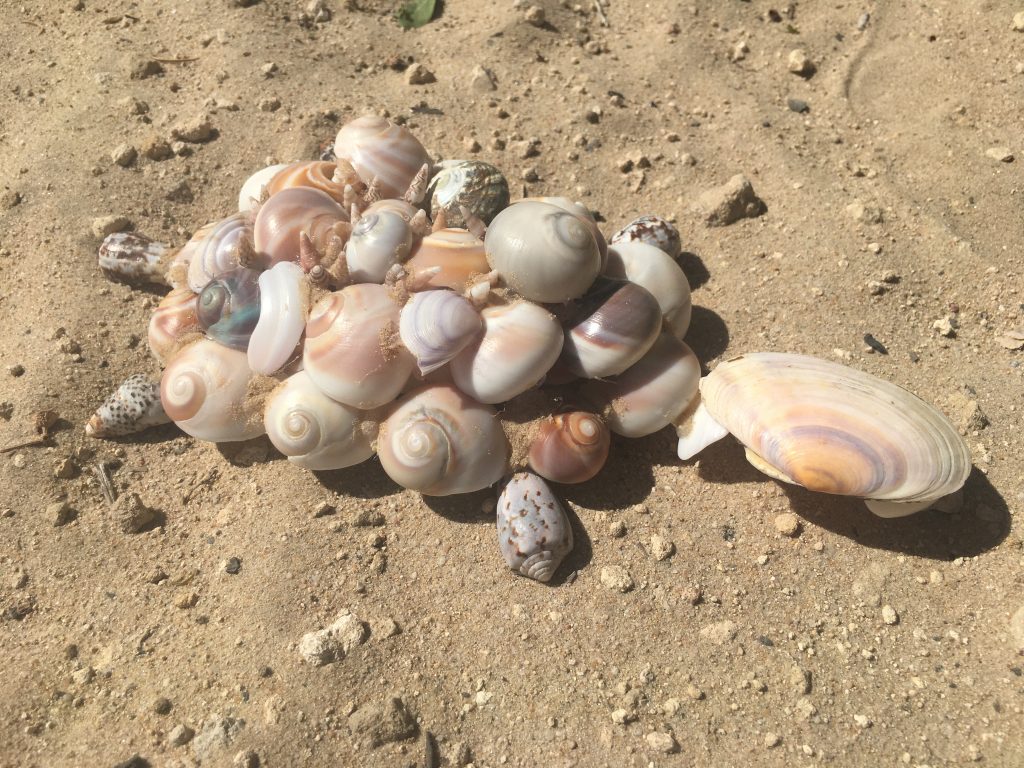
Ocean Resin with Sand and Shells
